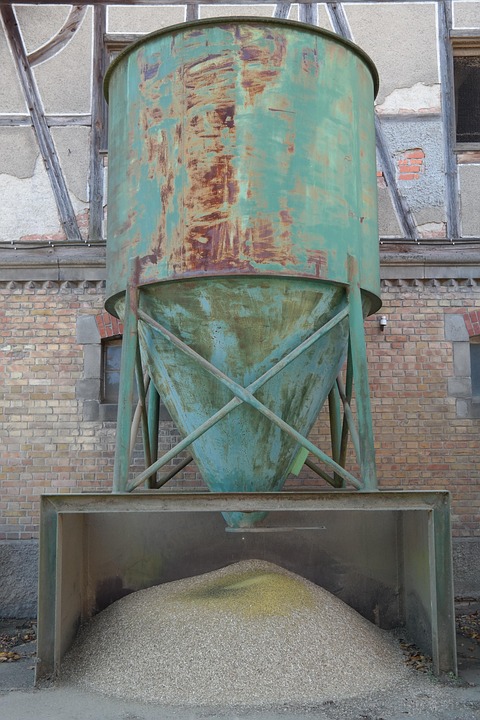Benefits of Air Classifiers in Post Harvest Cleaning and Sorting
In the agricultural industry, post-harvest cleaning and sorting are crucial processes to ensure the quality and safety of produce before it reaches consumers. One technology that has significantly improved these processes is air classifiers. Air classifiers use air as the medium to separate materials based on their size, shape, and density. This technology offers a range of benefits that can enhance efficiency, productivity, and profitability for farmers and food processors.
Improved Cleaning and Sorting Efficiency
One of the primary benefits of using air classifiers in post-harvest cleaning and sorting is the improved efficiency they provide. Traditional methods of cleaning and sorting involve manual labor and are often time-consuming and labor-intensive. Air classifiers automate the process, reducing the need for manual labor and increasing the speed at which produce can be sorted. This not only saves time but also ensures a more consistent and accurate sorting process.
Enhanced Product Quality
Air classifiers can help improve the quality of produce by accurately separating it based on size, shape, and density. This ensures that only high-quality produce makes it to market, reducing waste and increasing overall profitability. By removing impurities and foreign materials, air classifiers help maintain the freshness and appearance of produce, making it more appealing to consumers.
Reduced Labor Costs
By automating the cleaning and sorting process, air classifiers can significantly reduce labor costs for farmers and food processors. With fewer workers needed to manually sort produce, companies can reallocate resources to other areas of their operations, increasing overall efficiency and profitability. This cost-saving benefit makes air classifiers a valuable investment for businesses looking to streamline their post-harvest processes.
Increased Production Capacity
Air classifiers can handle large volumes of produce quickly and efficiently, allowing farmers and food processors to increase their production capacity. This scalability is especially beneficial during peak harvest seasons when demand is high. By using air classifiers, companies can process more produce in less time, meeting market demand and maximizing their revenue potential.
Environmental Sustainability
Air classifiers are environmentally friendly solutions for post-harvest cleaning and sorting. Unlike traditional methods that may require chemicals or excessive water usage, air classifiers use air as the medium for separation, reducing the environmental impact of the process. By adopting this technology, companies can demonstrate their commitment to sustainability and reduce their carbon footprint.
Industry Insights and Financial Data
The global market for air classifiers is projected to grow significantly in the coming years, driven by the increasing demand for efficient post-harvest processing solutions. According to a report by Market Research Future, the air classifier market is expected to reach a value of over $800 million by 2023, with a compound annual growth rate of 5.7%. This growth is attributed to the rising adoption of automation technologies in the agricultural sector and the need for more efficient cleaning and sorting processes.
Leading companies in the air classifier market include Coperion GmbH, Hosokawa Micron Group, and Metso Corporation. These companies offer a range of air classifier solutions tailored to meet the specific needs of farmers and food processors. With advancements in technology and ongoing research and development efforts, the capabilities of air classifiers are continually improving, offering even greater benefits to the industry.
In conclusion, air classifiers play a vital role in post-harvest cleaning and sorting, offering a range of benefits that can enhance efficiency, productivity, and profitability for farmers and food processors. By investing in this technology, companies can improve the quality of their produce, reduce labor costs, increase production capacity, and demonstrate their commitment to environmental sustainability. As the market for air classifiers continues to grow, companies that embrace this technology will be well-positioned to thrive in the competitive agricultural industry.




